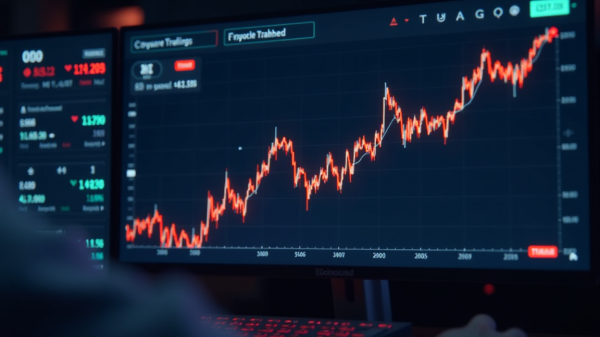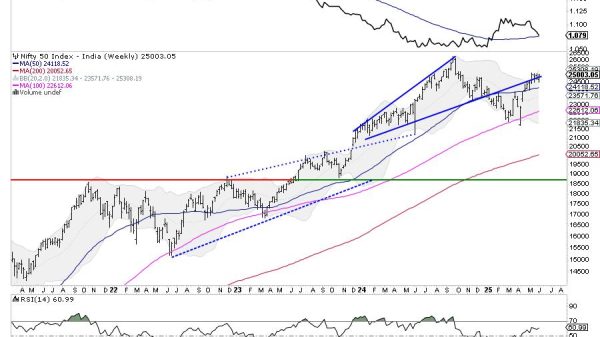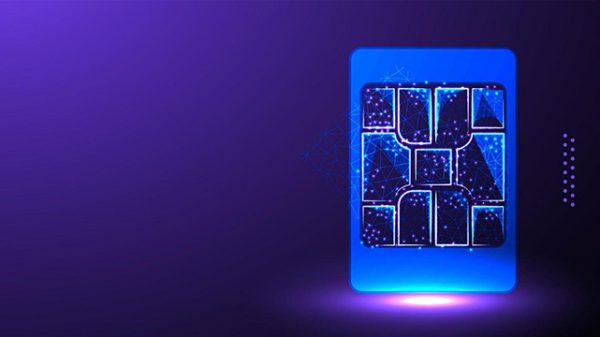The Internet of Things (IoT) landscape in 2024 is set for transformative changes, driven by advancements in cybersecurity, artificial intelligence (AI), and a plethora of emerging technologies, as IoT systems become increasingly integrated into critical infrastructure.
In this article, I shall delve into the various aspects of this transformation, exploring the impact of AI and machine learning (ML) in creating intelligent IoT systems, the rise of edge computing, the integration of blockchain for enhanced security, the introduction of ultra-thin smart shipping labels, the incorporation of the SGP.32 standard, and IoT’s burgeoning role in sustainability.
Increased focus on IoT cybersecurity
In 2024, the integration of IoT devices into vital systems like Smart Cities, coupled with the increased adoption of technologies such as 5G, eSIM, iSIM, and satellite connectivity, has emphasised the importance of robust cybersecurity measures. These advancements have made IoT devices more versatile and efficient, but they also necessitate enhanced focus on safeguarding data integrity and device security.
To address these needs, there’s a growing emphasis on deploying advanced encryption and rigorous security protocols. These measures ensure the protection of data transmitted between IoT devices and central systems. Additionally, continuous monitoring and real-time threat detection, powered by AI and ML, may well become standard practices. They help in promptly identifying and responding to potential security breaches, maintaining the integrity and reliability of IoT networks.
AI and ML enabling intelligent IoT systems
AI and ML are revolutionising almost everything, including IoT. By analysing massive amounts of data instantaneously, AI enhances IoT applications such as predictive maintenance and energy management. This synergy, combined with centralised IoT management platforms, leads to unparalleled operational efficiency.
In 2024, the integration of AI and ML will become much more embedded in IoT infrastructures. The blend of AI’s analytical capabilities with IoT’s data collection and monitoring functions creates an ecosystem where operational insights are gathered more efficiently and effectively, leading to smarter, more responsive IoT systems.
Edge computing enhancing IoT performance
Edge computing is revolutionising IoT performance by processing data closer to its source. This method significantly reduces latency, crucial for real-time applications such as autonomous vehicles, industrial automation, and augmented reality. These advancements are particularly pertinent in smart cities, healthcare, manufacturing, and retail, where they facilitate immediate data analysis and improve service quality.
Looking forward, the integration of AI and machine learning with edge computing is expected to increase, enabling edge devices to independently make complex decisions. The expansion of 5G networks will enhance communication between these devices, promoting faster, more efficient data processing. Furthermore, edge computing’s role in reducing energy consumption and carbon emissions underscores its significance in fostering a more sustainable IoT ecosystem.
Blockchain for IoT security
As IoT devices increasingly handle sensitive data, the role of blockchain in bolstering IoT security is becoming more prominent. Blockchain’s decentralised nature offers enhanced data integrity, making it a key player in protecting against the growing cybersecurity threats in the IoT landscape. Its integration with AI and ML is particularly noteworthy, representing a significant leap forward in building a resilient IoT infrastructure.
This combination promises to shape a stronger, more secure IoT ecosystem for 2024 and beyond, especially as the attack surface of IoT expands. Blockchain’s ability to ensure the authenticity and security of data transactions across the network is vital in this context, presenting a robust solution to the evolving challenges in IoT security.
Ultra-thin, low-power smart shipping labels
The ultra-thin, low-power smart shipping labels, first seen in early 2023 with our very own Smart Shipping Label, which is equipped with a printed, eco-friendly battery, features an eSIM, and supports up to 1000 messages across LTE-M, NB-IoT, and 2G networks.
Such labels will become much more prolific in 2024, due to their function as advanced tracking devices for items both large and small. They are capable of real-time monitoring of location, temperature, and package integrity, ensuring secure and efficient transit.
Thanks to their adaptability for various logistical needs, from tracking small documents to larger assets, these smart labels not only enhance supply chain efficiency but also align with sustainability goals, representing a significant advancement in IoT-driven asset management.
Integrating SGP.32 into the IoT ecosystem
The integration of the SGP.32 standard into the IoT ecosystem in 2024 heralds a significant advancement in device capabilities and application efficiency. SGP.32 is pivotal for use cases that demand high location accuracy, like precision agriculture, by providing superior geolocation services.
Moreover, the incorporation of SGP.32 plays a key role in the expanded use of eSIMs within IoT devices. This is particularly beneficial for global IoT deployments, as it simplifies the complexities associated with device management across different regions. Features like remote provisioning and profile swapping inherent in eSIM technology are instrumental in enhancing operational efficiency.
This development is not just a technological leap; it’s a strategic enabler for more efficient, globally connected, and responsive IoT ecosystems. The impact of integrating SGP.32 will be felt across various sectors, significantly contributing to the overall evolution and effectiveness of IoT applications.
IoT’s sustainability drive intensifies
Finally, in 2024 IoT will continue playing its pivotal role in driving sustainability across various sectors. Advanced, energy-efficient sensors, coupled with AI, are revolutionising resource management by enabling precise monitoring and control. This technological synergy is significantly reducing waste and optimising energy use.
In industries like manufacturing, IoT adoption is being accelerated by tightening global regulations, which are mandating more sustainable practices and better ecological footprints. IoT technologies are not only enhancing operational efficiencies but also promoting environmental stewardship. The implementation of smart systems in areas such as energy management and waste reduction are evidence of IoT’s growing influence in creating a more sustainable future.
As the world grapples with environmental challenges, the integration of IoT in sustainability efforts is becoming increasingly crucial, marking a new era where technology and ecology harmoniously intersect.
The post 2024 IoT evolution: Cybersecurity, AI, and emerging technologies transforming the industry appeared first on IoT Business News.

























